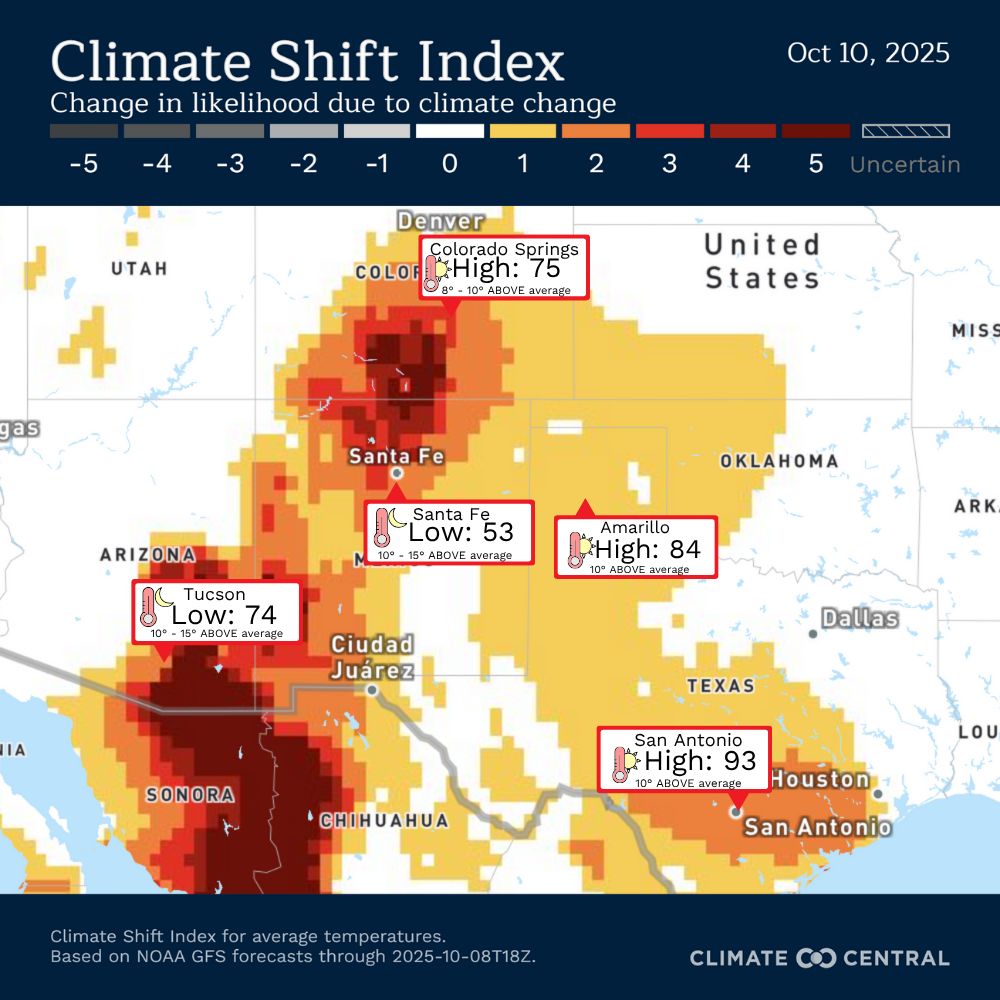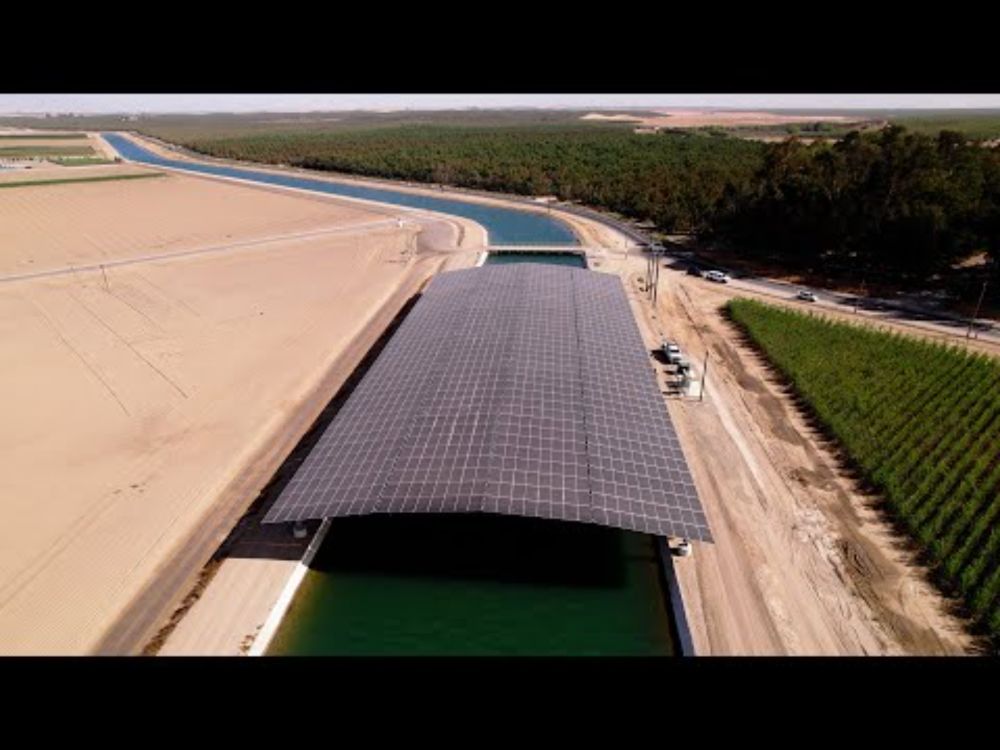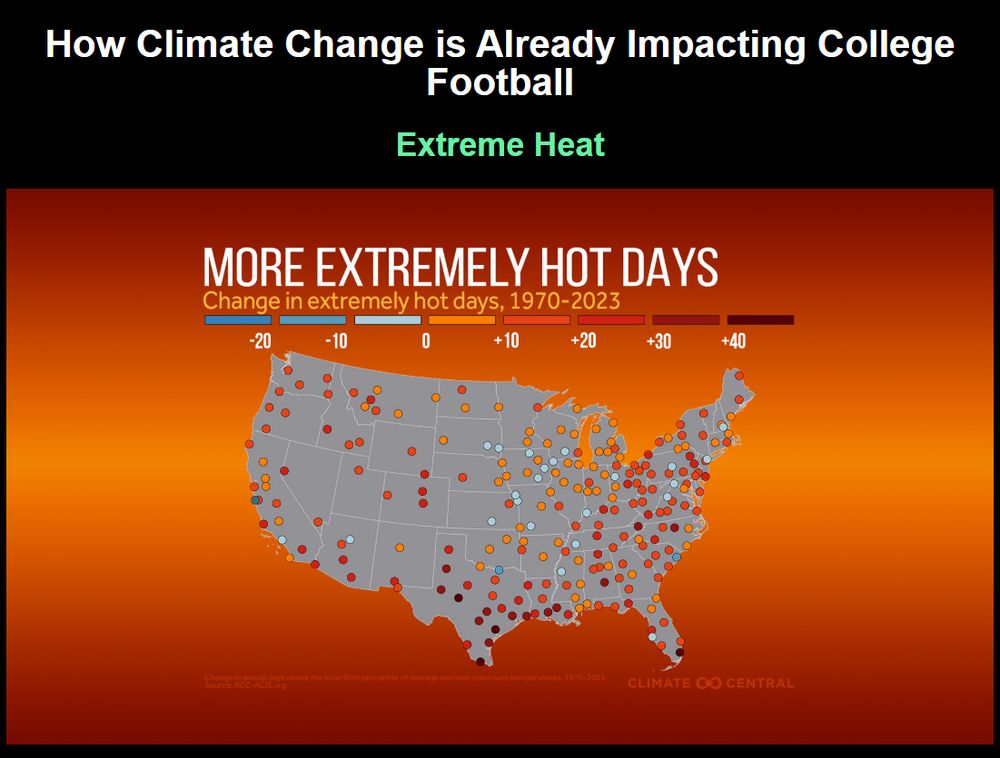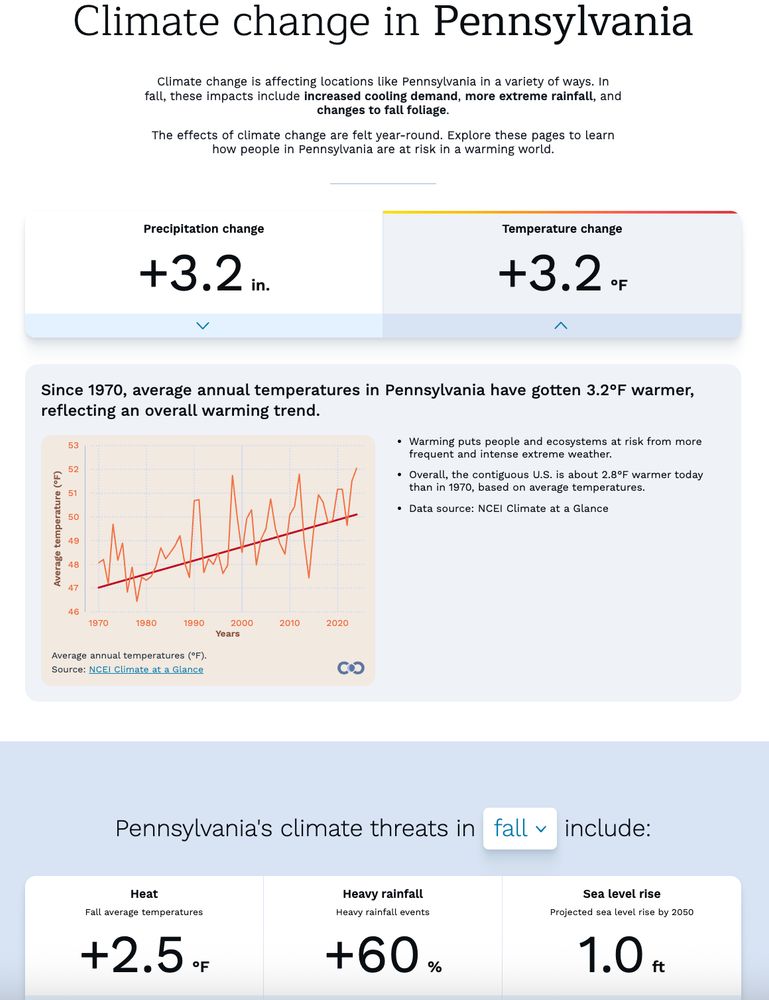Climate Central
@climatecentral.org
6.7K followers
620 following
680 posts
Researching and reporting the science and impacts of climate change 🌎
climatecentral.org
Posts
Media
Videos
Starter Packs
Reposted by Climate Central
Reposted by Climate Central
Reposted by Climate Central
Reposted by Climate Central
Reposted by Climate Central


















